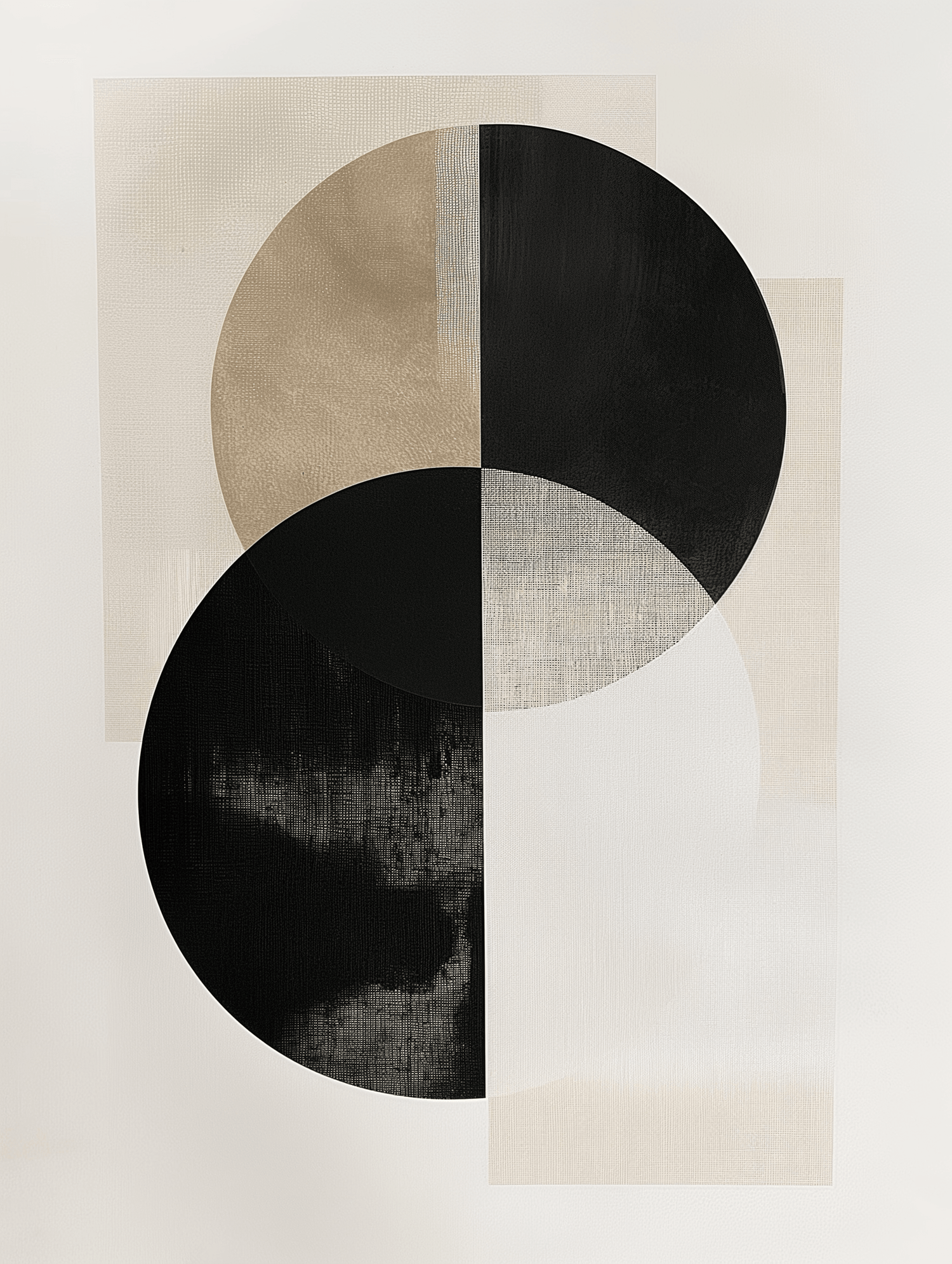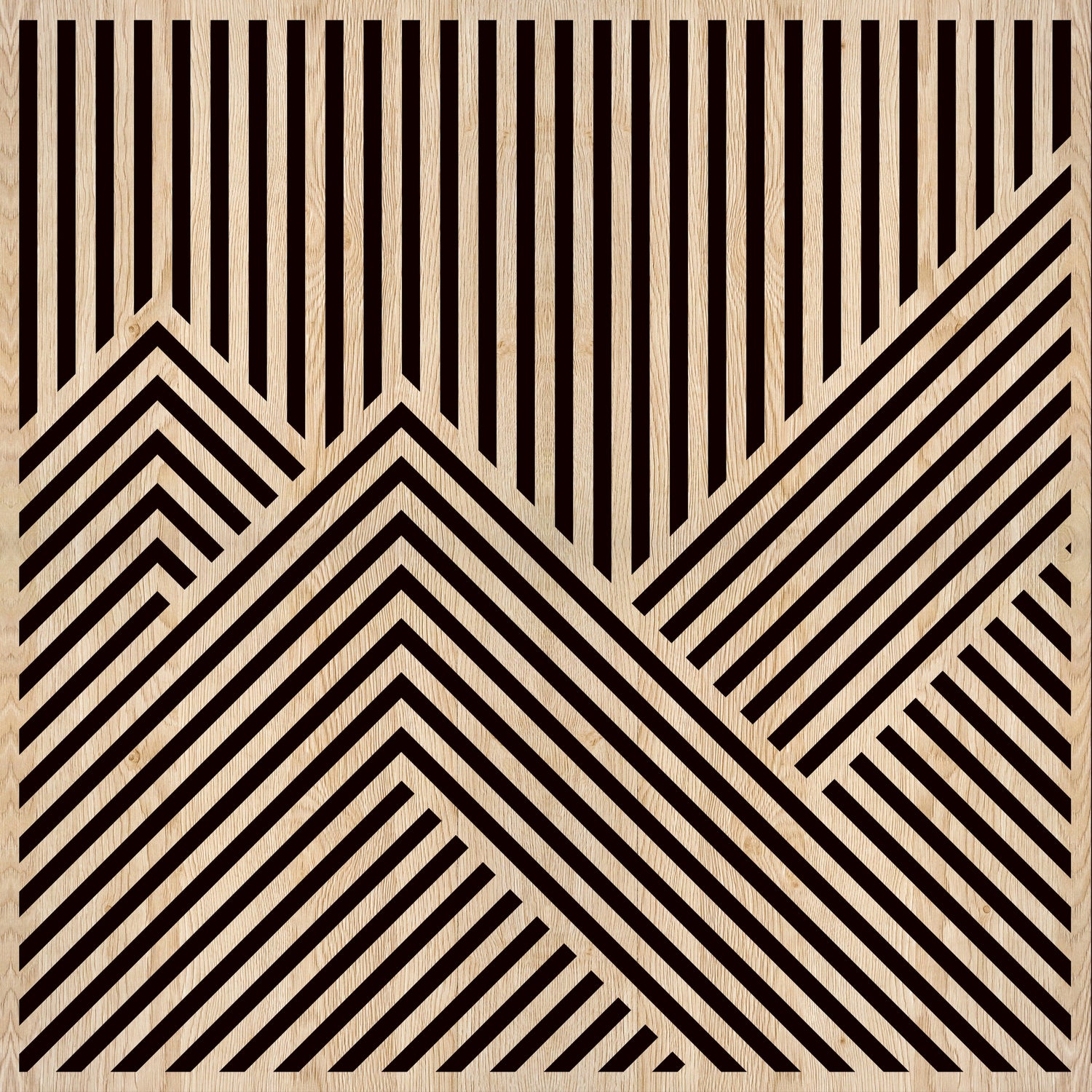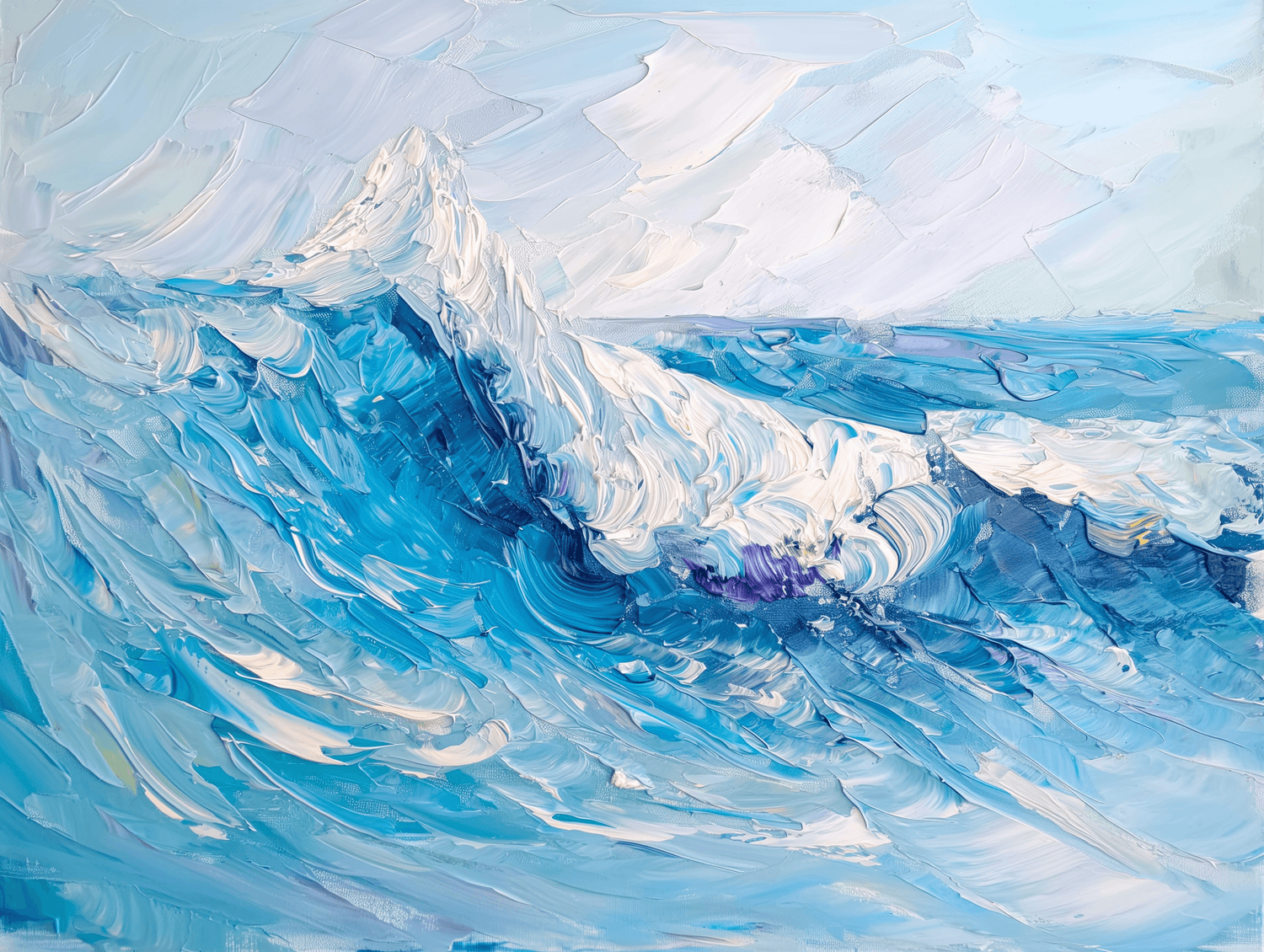
If there is an artist who has been able to capture the lightness of movement and transform it into an eternal work of art, it is Edgar Degas (1834-1917). Considered one of the great masters of Impressionism – even if he defined himself as more “realist” – Degas linked his name to the world of dance like no other.
His works dedicated to the ballerinas of the Paris Opera have become icons of feminine grace, artistic discipline and the backstage of the theater. But Degas did not limit himself to portraying: he observed, studied, empathized. He was an artist of the deep gaze , capable of capturing humanity in the simplest gestures.
With Materico.it , his masterpieces find new life thanks to the 3D effect: every fold of the tutu, every pose suspended in the air, every reflected light takes shape in a new, tangible and vibrant way.
Degas's Life: Between Paris, Passion and Painting
Born in Paris in 1834 into a wealthy family, Edgar Degas studied law at his father's behest, but soon abandoned everything to devote himself to painting. After a formative period in Italy, where he studied the masters of the Renaissance, he returned to Paris with a clear, structured and personal pictorial vision.
Although he is often associated with the Impressionists (he exhibited with them and was a friend of Manet, Monet, Renoir), Degas had a more rigorous and draftsmanlike approach : he loved composition, the study of the human body, the careful observation of reality. And, above all, he had an obsession: dance .
The connection between Degas and dance
For Degas, ballerinas were not just aesthetic subjects. They were living creatures , representing sacrifice, training, total dedication to art.
He depicted them before, during and after performances: in moments of rest, in the dressing rooms, during rehearsals.
Between 1870 and 1900, he painted over 1,500 works dedicated to dance : oils on canvas, pastels, sketches, sculptures. Each work is a fragment of intimacy, an unconventional shot, as if seen through a crack in the curtain.
Curiosity: Degas never painted “en plein air” like the Impressionists. He observed from the darkness of side boxes or used photographs and preparatory sketches. His dance was mental before it was visual.
Degas's most famous works on dance
1. The Dance Class (1874), Musée d'Orsay, Paris

The soul behind the scenes
One of Degas's iconic works. It depicts a rehearsal room at the Opera, where maestro Jules Perrot is instructing a group of students. The realism is astonishing: tense legs, crooked poses, tired looks, everyday details.
Materico.it Reproduction: Thanks to the 3D effect, every dancer takes shape, every fold of the dress and reflection of the parquet takes on depth. The work is transformed into a theatrical scene that continues to live in your home.
2. L'étoile (1878), Musée d'Orsay, Paris
The magic of the scene
The protagonist is a prima ballerina , immortalized in the moment of the performance. In the background we can glimpse other characters – a prompter, a businessman – who break the magic, restoring realism.
Curiosity: Degas often portrayed dancers from off-center angles, as if the viewer were just another spectator , not a privileged observer.
3. Two Dancers in Yellow and Pink (1899), Pushkin Museum, Moscow
Intimacy and color
A less theatrical, more intimate work. Two ballerinas prepare in the dressing room. The focus is not on the stage, but on the artists' daily lives . Vivid colors, simple gestures, balanced composition.
4. Little Dancer of Fourteen (1881), National Gallery of Art, Washington

The sculpture that caused a scandal
One of Degas's most famous works, but also one of the most discussed. The sculpture of a young student of the Opéra, made of wax and dressed in real tulle and satin dresses. Considered revolutionary for its time.
Curiosity: At the 1881 exhibition, it was accused of being too realistic, almost “grotesque”. Today it is a world-renowned masterpiece.
The Secret of Balance: The Study of Gesture
Degas left nothing to chance. His dancers were not idealized figures, but real bodies , with tense muscles, aching feet, hunched shoulders. He studied the physiology of movement, sometimes making hundreds of sketches to capture a single gesture .
💡 Did you know? Degas said:
“Drawing is not what you see, but what you should see.”
Degas and technical innovation
Degas experimented a lot: he used oil, tempera, pastel, charcoal, and in the last years of his life – when his eyesight was getting worse – he also devoted himself to sculpture. He was among the first to use photography as a study tool, and he was passionate about asymmetrical compositions inspired by Japanese prints.
The reproductions of Materico.it restore all this technical richness, thanks to:
-
Faithful colours and deep textures
-
Reliefs that give body to the drawing
-
Artisan quality Made in Italy
Why is Degas still so loved today?
Degas did not just represent dance: he humanized it . Behind every pirouette, he showed the effort. Behind every scenic smile, he captured the wait. His art is a bridge between perfection and reality.
In a world where everything runs fast, Degas invites us to observe. To slow down. To look at the details, the minimal movements, the held breaths. This is why his works speak to the heart , even today.
Conclusion: Degas, the artist of the soul in motion
Edgar Degas did not invent dance. He understood it. He looked at it with respect, with love, with an analytical spirit. His works are a tribute to the beauty that comes from discipline , to the poetry that lives in detail.
With Materico.it reproductions , this look takes on life, substance and depth. It's like entering a rehearsal room at the Opéra, and being enchanted by watching life move.








